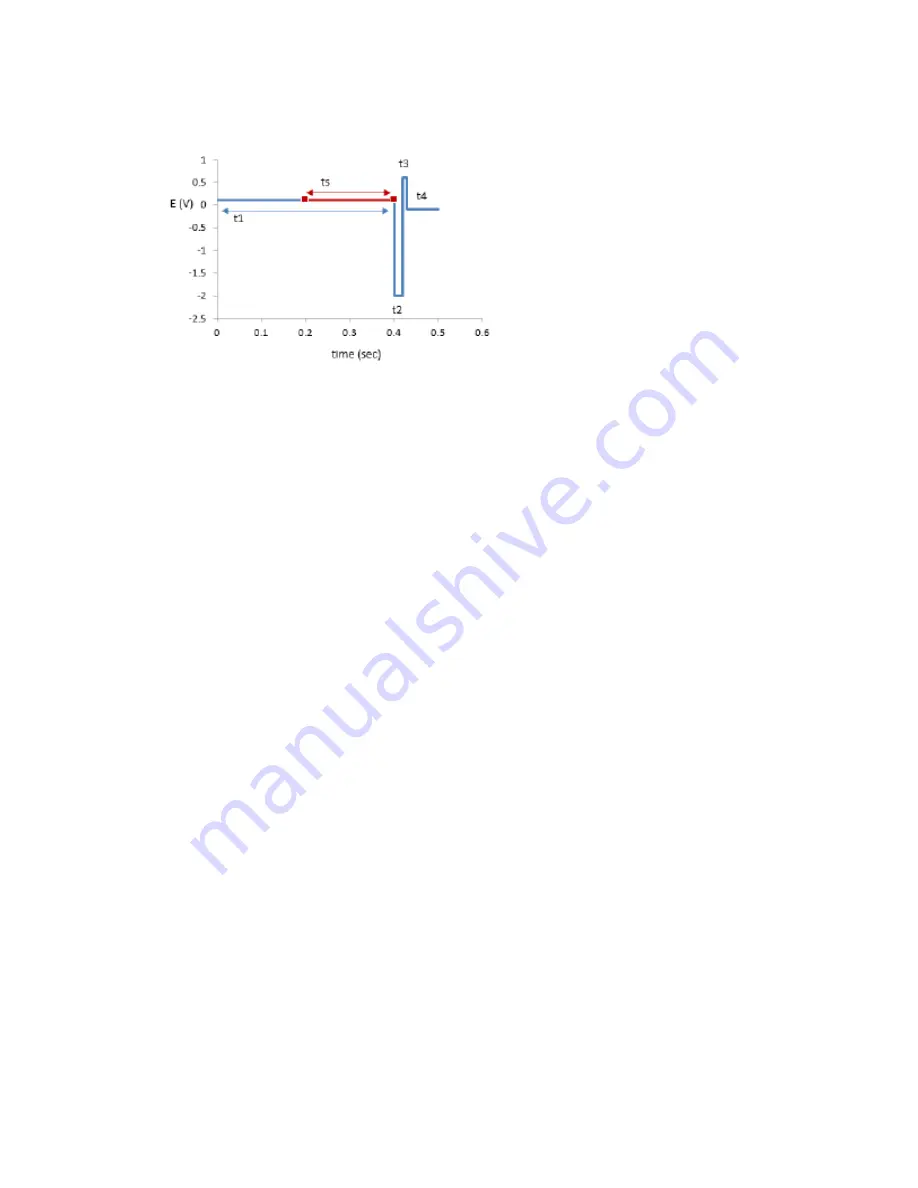
Figure 8–2: Potential steps in pulsed amperometric detection
The detection potential is applied during t1, and detection occurs during ts. Steps t2, t3, and t4
are for regenerating the electrode. This process repeats itself continuously when the cell is on.
During the next time intervals (t2 through t4), the electrode is “cleaned” by reductive and
oxidative potential steps.
8.1.4 Optimization of wave forms
LaCourse and Johnson have published several papers on optimization of wave forms in PAD.
[2-4] Several considerations are important in the choice of pulse duration. Optimization is
dependent on the working electrode material, the sample constituents, and the required detection
frequency. It might seem that the number of variables (five potential steps and six time settings)
would lead to a time-consuming optimization procedure. In practice, pulse mode is more
straightforward, and several excellent review papers and application notes have been published.
8.1.5 Output frequency
An important difference between the DC and pulse modes is the frequency of the output signal.
In DC mode the signal has a 1-100 Hz frequency; in pulse mode the frequency is determined by
the duration of the pulse. Once every cycle, the ts signal is sent to output.
If a stepwise chromatogram pattern is seen when zooming in, it means that data acquisition has
an unnecessarily high sampling frequency. This leads to large data files but not to better
chromatograms. Data acquisition at 1 Hz is usually sufficient.
December 16, 2021, 715007395 Ver. 00
Page 74
















































